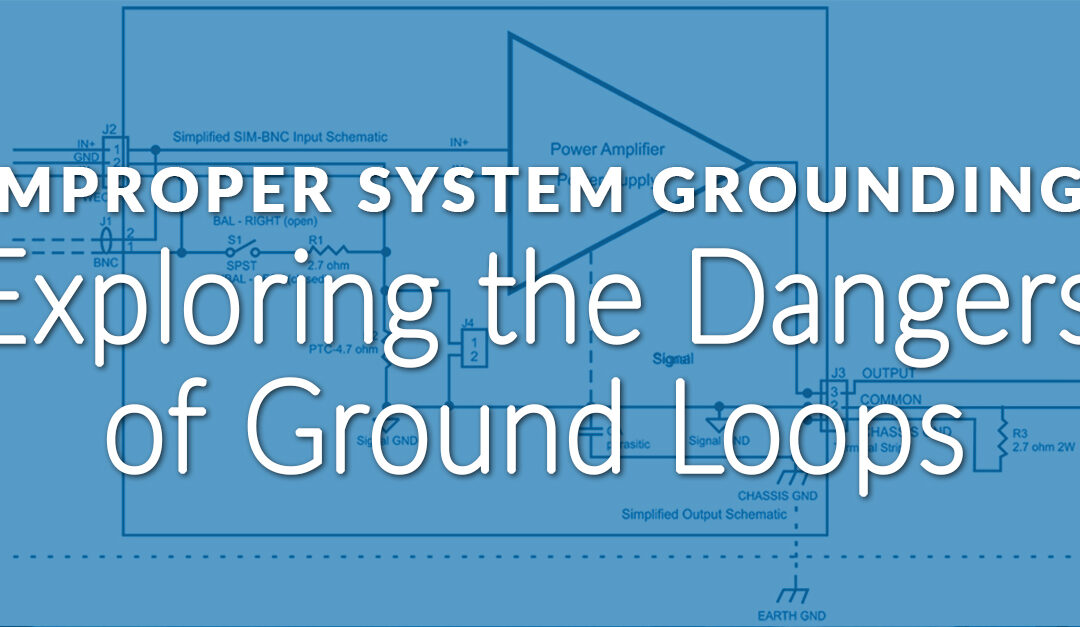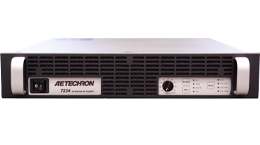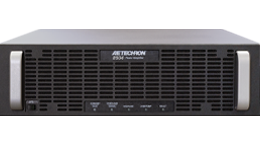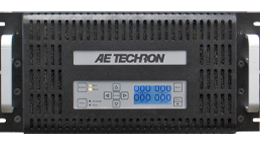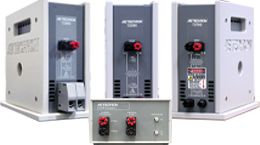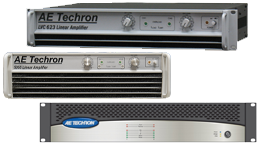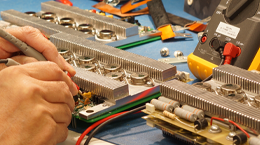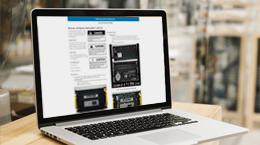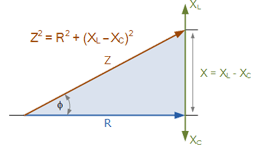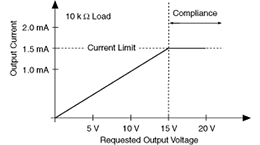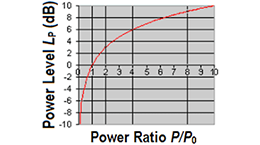In dealing with electrical systems, proper grounding is not just a suggestion, it’s a fundamental safety measure. Yet despite its significance, the importance of adequate grounding is often overlooked or misunderstood. And one of the most misunderstood aspects of improper grounding are ground loops, which can lead to a cascade of issues ranging from equipment malfunction to safety hazards. In this article, we’ll delve into the dangers of improper system grounding and explore the causes and consequences of ground loops.
The Importance of Proper System Grounding
Before delving into ground loops, it’s essential to understand the importance of proper system grounding. Grounding serves several purposes, including:
- Safety: Grounding provides a path for electrical fault currents to safely dissipate, reducing the risk of electric shock to personnel and damage to equipment.
- Equipment Protection: Proper grounding helps protect sensitive electronic equipment from transient voltage spikes and electromagnetic interference (EMI), ensuring their reliable operation and longevity.
- Signal Integrity: In systems involving communication or data transmission, grounding is essential for maintaining signal integrity and minimizing noise interference.
- Compliance: Adherence to grounding standards and regulations is often mandated by industry standards and regulatory bodies to ensure the safety and reliability of electrical installations.
Under normal operating conditions, the ground does not carry current. Ideally, a ground is a zero impedance conductor which does not interact with equipment or signals. This laboratory ideal, however does not usually exist in the real world. Care must be taken to ensure that the ground functions properly and safely.
Understanding Ground Loops
Ground loops are a mystery to many people. Even seasoned electronic engineers can struggle to understand the concept of ground loops. Ground loops can cause issues in a variety of equipment and systems, ranging from audio and video systems, to communication systems and electronic equipment.
A ground loop is formed when there is more than one path to ground, and the reference points (the “grounds”) are not at the same potential on two or more pieces of equipment. The conductive loop becomes a large loop antenna that picks up interference currents easily. The larger the loop the more interference. For example, if you are using a building’s steel frame for your ground, then the loop can be as large as the entire building.
The resistance in the ground wires turns the interference currents into voltage fluctuations in the ground system. The ground is no longer stable; therefore the signals you are trying to measure which are referenced to that ground are also unstable and inaccurate.
This unintended loop can lead to several detrimental effects, including:
- Electromagnetic Interference (EMI): Ground loops can act as antennas, picking up electromagnetic interference from external sources such as power lines, radio signals, or nearby equipment. This interference can manifest as audible noise, distortion in audio/video signals, or errors in data transmission.
- Equipment Malfunction: In audio-visual systems, ground loops can cause noticeable hums, buzzes, or lines on display screens. In digital systems, they may result in data errors, dropped signals, or equipment malfunctions.
- Safety Hazards: Electric shock hazards and equipment damage can occur if fault currents are not properly redirected.
Ground loops can arise from various factors, including:
- Multiple Grounding Points: Connecting equipment to different ground points, such as separate electrical outlets or grounding rods, can create potential differences and circulating currents.
- Mismatched Impedance: Differences in impedance between ground paths can cause voltage differentials, resulting in circulating currents and ground loop formation. This impedance mismatch can occur due to variations in wire lengths, gauge, or the presence of resistance, capacitance, or inductance in the grounding circuit.
- Shared Grounding Conductors: In complex electrical systems or installations with interconnected equipment, shared grounding conductors can inadvertently create ground loops if not properly configured or isolated.
- External Interference: Environmental factors such as nearby power lines, radio transmitters, or electromagnetic fields can induce currents in grounding conductors, contributing to ground loop formation.
Figure 1: Configuration for a Possible Ground Loop

The difference in voltage at any point in the reference causes a current to circulate through ground system, potentially affecting the low, or common, side of devices as well. The resistance in the ground wires turns the interference currents into voltage fluctuations in the ground system.
In the event that a ground loop current is present, the 2.7 Ω resistor shown in Figure 1 provides a weak link that either fails intentionally, or acts to limit damage from these currents.
Mitigating Ground Loop Risks
AE Techron amplifiers use a 2.7 Ω External Resistor to protect against ground loops. The amplifier, including its output, is separated from the equipment ground on the amplifier case. The case is connected to AC ground. This ground is connected to the amplifier only through the 2.7 Ω resistor (or similar voltage/current limiting device) on the rear.
Preventing ground loops requires a systematic approach and adherence to best practices:
- Single Point Grounding: Whenever possible, establish a single-point ground reference for all interconnected equipment to minimize potential differences and circulating currents.
- Proper Wiring Techniques: Use twisted-pair cables for balanced signals, maintain short and direct grounding paths, and ensure proper termination to minimize impedance mismatches and reduce the risk of ground loops.
- Isolation and Filtering: Employ isolation transformers, opto-isolators, or ground loop isolators to break ground loops and eliminate unwanted noise or interference.
- Equipment Positioning: Keep sensitive equipment away from sources of electromagnetic interference, such as power cables, transformers, or wireless devices, to minimize the risk of induced currents and ground loops.
- Regular Maintenance: Periodically inspect and test grounding systems to ensure their integrity and effectiveness, especially in environments prone to changes or disruptions in grounding conditions.
Conclusion
When dealing with electrical systems, proper grounding serves as a cornerstone for safety, reliability, and performance. Ground loops, though often subtle in how they occur, can pose significant risks to equipment functionality and personnel safety. By understanding the causes and consequences of ground loops and adhering to best practices in system grounding, engineers and technicians can mitigate these risks and ensure the smooth and uninterrupted operation of electrical systems in diverse applications.
If you would like more detailed information on how AE Techron amplifiers interact and mitigate ground loops, please read our whitepaper.

